- Quick and easy service
Car Rental Kraków
Search, compare & book!
- Free cancellation Up to 48 hours prior to the scheduled pick up time
- Best price guarantee Have you found a better price? Let us know and we will make you a better offer.
- 24000+ pick-up locations Locations around the world
Car Rental Kraków
Renting a car in Kraków is simple with us. We offer the best rates in the market. We offer rental cars worldwide, in over 125 countries and more than 17,000 locations. All inclusive car rental in Kraków at the best rates - quality service guaranteed!
Car rental offers in Kraków
Whether you're looking for a small rental car or a station wagon for the entire family, we will always have a suitable vehicle for the lowest price. Below are some examples from our selection in Kraków.
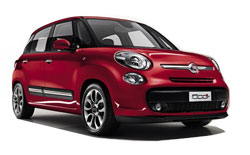
-
wheego From€ 4 /day -
Flex To Go From€ 5 /day -
Viaggiare Rent From€ 12 /day
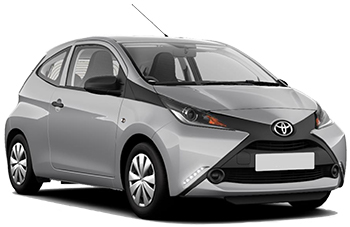
-
wheego From€ 4 /day -
Flex To Go From€ 5 /day -
Carwiz rent a car From€ 7 /day

-
Flex To Go From€ 11 /day -
Viaggiare Rent From€ 12 /day -
Alamo From€ 14 /day
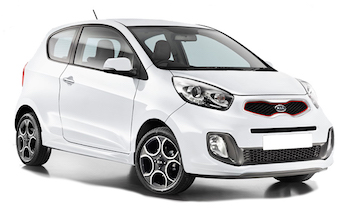
-
wheego From€ 4 /day -
Flex To Go From€ 5 /day -
Thrifty From€ 11 /day

-
wheego From€ 4 /day -
Viaggiare Rent From€ 12 /day -
Carwiz rent a car From€ 13 /day
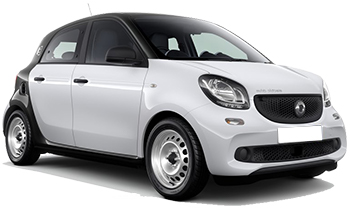
-
Flex To Go From€ 12 /day
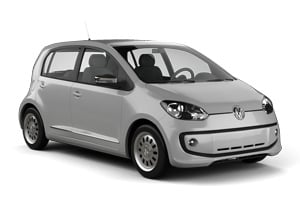
-
Carwiz rent a car From€ 6 /day
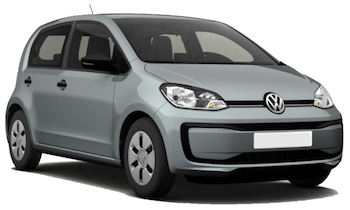
-
Carwiz rent a car From€ 6 /day
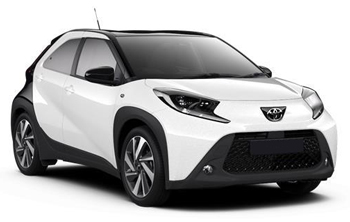
-
Viaggiare Rent From€ 12 /day -
wheego From€ 23 /day
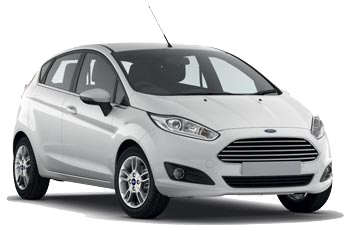
-
wheego From€ 4 /day -
ACE Rent A Car From€ 184 /day
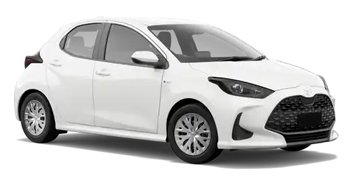
-
wheego From€ 4 /day -
Carwiz rent a car From€ 7 /day -
Kaizen Rent From€ 14 /day
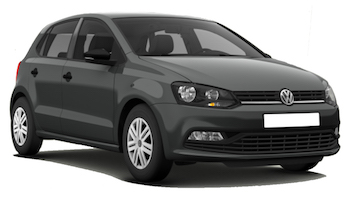
-
Flex To Go From€ 11 /day -
ACE Rent A Car From€ 19 /day -
Goldcar From€ 22 /day
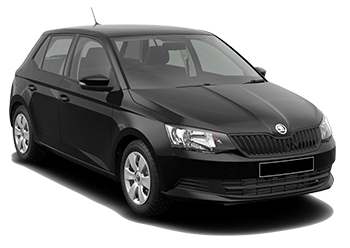
-
wheego From€ 5 /day -
Carwiz rent a car From€ 7 /day -
Goldcar From€ 9 /day
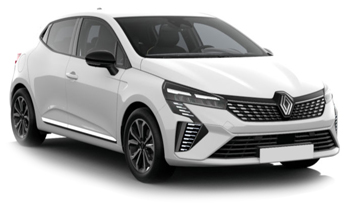
-
Express Impress From€ 5 /day -
Goldcar From€ 11 /day -
Thrifty From€ 12 /day
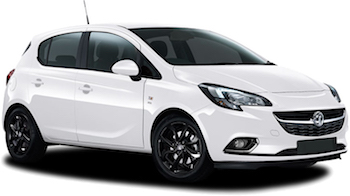
-
Flex To Go From€ 11 /day -
Autounion Car Rental From€ 16 /day -
addCarRental From€ 20 /day

-
Flex To Go From€ 6 /day -
addCarRental From€ 12 /day -
Autounion Car Rental From€ 13 /day
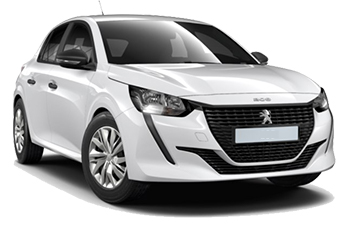
-
Flex To Go From€ 6 /day -
addCarRental From€ 12 /day -
ACE Rent A Car From€ 13 /day

-
Flex To Go From€ 14 /day -
Alamo From€ 15 /day -
Viaggiare Rent From€ 15 /day

-
wheego From€ 6 /day -
Flex To Go From€ 9 /day -
Avis From€ 19 /day
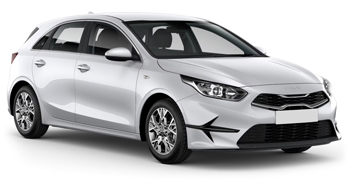
-
wheego From€ 7 /day -
Carwiz rent a car From€ 9 /day -
Flex To Go From€ 10 /day

-
Flex To Go From€ 14 /day -
Autounion Car Rental From€ 24 /day -
wheego From€ 28 /day
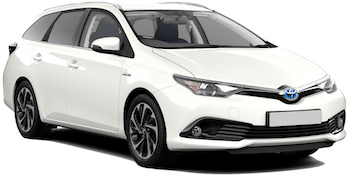
-
wheego From€ 7 /day -
Alamo From€ 18 /day
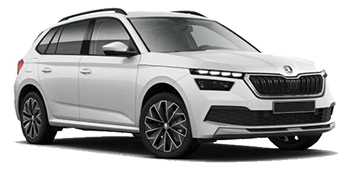
-
wheego From€ 8 /day
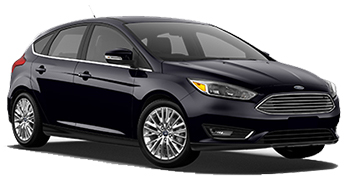
-
Flex To Go From€ 14 /day -
ACE Rent A Car From€ 22 /day -
Thrifty From€ 24 /day

-
wheego From€ 8 /day -
Carwiz rent a car From€ 14 /day -
Alamo From€ 17 /day
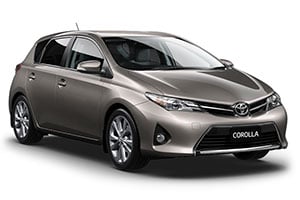
-
Carwiz rent a car From€ 9 /day -
Goldcar From€ 10 /day -
Rent a star From€ 16 /day

-
Flex To Go From€ 15 /day -
Kaizen Rent From€ 20 /day -
Goldcar From€ 24 /day
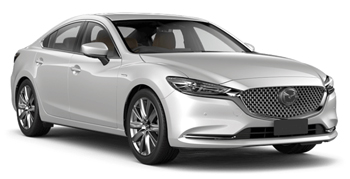
-
wheego From€ 9 /day -
Kaizen Rent From€ 37 /day -
Hertz From€ 39 /day
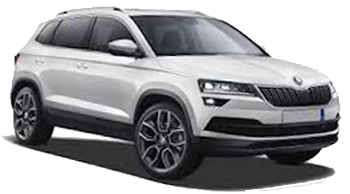
-
wheego From€ 9 /day -
addCarRental From€ 19 /day -
SurPrice car rentals From€ 23 /day
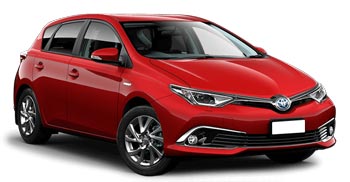
-
ACE Rent A Car From€ 22 /day -
Kaizen Rent From€ 28 /day -
Sixt From€ 38 /day

-
wheego From€ 10 /day -
Goldcar From€ 19 /day -
Green Motion From€ 31 /day
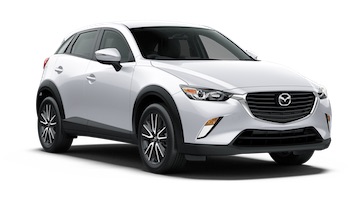
-
Carwiz rent a car From€ 13 /day
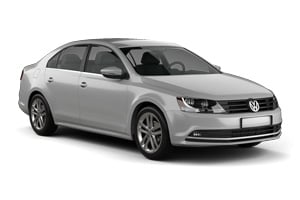
-
ACE Rent A Car From€ 22 /day -
Autounion Car Rental From€ 26 /day
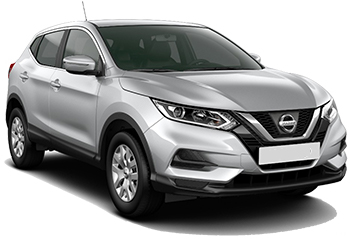
-
Carwiz rent a car From€ 14 /day -
Thrifty From€ 21 /day -
Goldcar From€ 21 /day

-
Carwiz rent a car From€ 15 /day
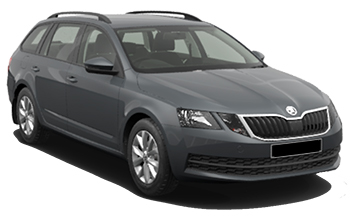
-
Autounion Car Rental From€ 24 /day -
Goldcar From€ 32 /day -
Sixt From€ 40 /day
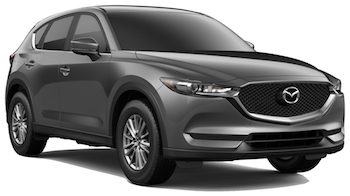
-
wheego From€ 14 /day -
Carwiz rent a car From€ 22 /day

-
wheego From€ 14 /day -
Alamo From€ 31 /day -
Enterprise From€ 37 /day
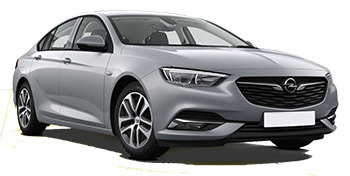
-
addCarRental From€ 27 /day -
Avis From€ 35 /day -
Budget From€ 40 /day
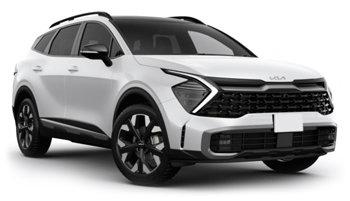
-
wheego From€ 14 /day -
Carwiz rent a car From€ 22 /day

-
addCarRental From€ 19 /day -
SurPrice car rentals From€ 24 /day -
Budget From€ 29 /day

-
ACE Rent A Car From€ 31 /day -
Alamo From€ 35 /day -
Flex To Go From€ 35 /day

-
Express Impress From€ 20 /day -
Flex To Go From€ 25 /day -
ACE Rent A Car From€ 25 /day

-
Express Impress From€ 20 /day -
Europcar From€ 60 /day

-
wheego From€ 33 /day -
Alamo From€ 35 /day -
Enterprise From€ 43 /day
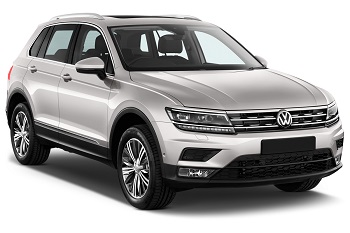
-
Flex To Go From€ 18 /day

-
Flex To Go From€ 18 /day
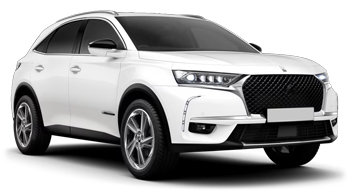
-
Viaggiare Rent From€ 21 /day

-
Viaggiare Rent From€ 19 /day
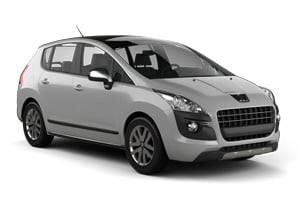
-
Flex To Go From€ 20 /day

-
Flex To Go From€ 23 /day
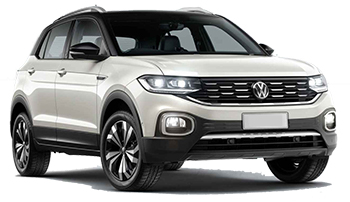
-
Flex To Go From€ 22 /day

-
Flex To Go From€ 24 /day

-
Flex To Go From€ 27 /day
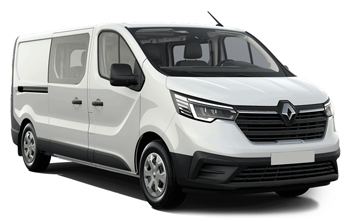
-
Flex To Go From€ 39 /day

-
Alamo From€ 41 /day

-
Flex To Go From€ 43 /day
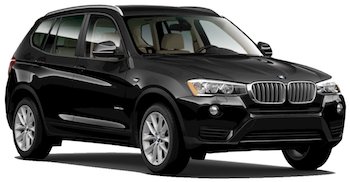
-
Flex To Go From€ 42 /day -
Car Net From€ 63 /day
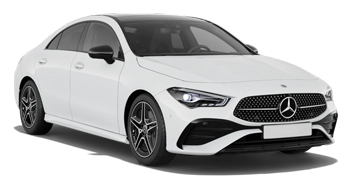
-
Alamo From€ 42 /day -
Enterprise From€ 51 /day

-
Alamo From€ 45 /day -
Enterprise From€ 56 /day

-
Alamo From€ 43 /day

-
Flex To Go From€ 51 /day

-
Alamo From€ 44 /day -
Enterprise From€ 47 /day

-
wheego From€ 7 /day -
Flex To Go From€ 10 /day -
Goldcar From€ 13 /day
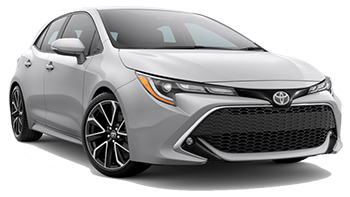
-
Carwiz rent a car From€ 9 /day
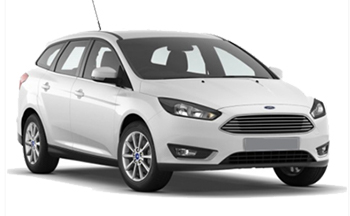
-
Flex To Go From€ 16 /day -
Green Motion From€ 29 /day -
Carwiz rent a car From€ 52 /day

-
Goldcar From€ 9 /day -
Flex To Go From€ 17 /day -
Autounion Car Rental From€ 19 /day

-
Flex To Go From€ 10 /day -
Carwiz rent a car From€ 10 /day -
Rent a star From€ 18 /day
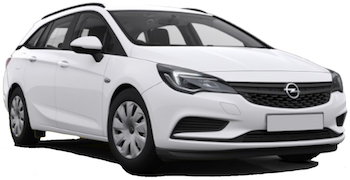
-
Alamo From€ 18 /day -
Enterprise From€ 25 /day -
Keddy By Europcar From€ 34 /day
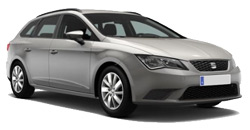
-
Carwiz rent a car From€ 12 /day -
Keddy By Europcar From€ 17 /day -
Europcar From€ 26 /day

-
Goldcar From€ 12 /day -
Kaizen Rent From€ 18 /day -
Sixt From€ 29 /day

-
Alamo From€ 18 /day -
Enterprise From€ 23 /day -
Avis From€ 23 /day
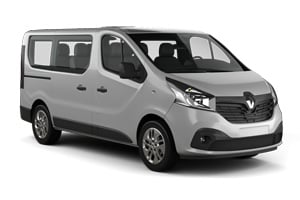
-
wheego From€ 22 /day -
Carwiz rent a car From€ 31 /day -
Flex To Go From€ 37 /day

-
Carwiz rent a car From€ 22 /day -
Flex To Go From€ 39 /day -
wheego From€ 45 /day

-
Flex To Go From€ 43 /day
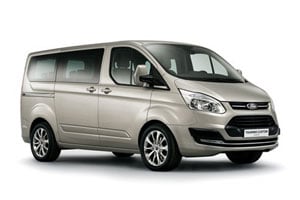
-
Express Impress From€ 41 /day
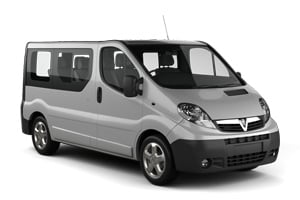
-
wheego From€ 42 /day

-
Flex To Go From€ 45 /day -
wheego From€ 58 /day -
Hertz From€ 75 /day
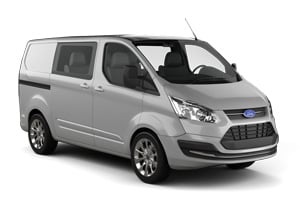
-
Viaggiare Rent From€ 44 /day

-
Flex To Go From€ 51 /day -
Kaizen Rent From€ 53 /day -
Alamo From€ 55 /day

-
Flex To Go From€ 44 /day -
Alamo From€ 50 /day -
Kaizen Rent From€ 52 /day

-
wheego From€ 4 /day -
Carwiz rent a car From€ 13 /day

-
wheego From€ 7 /day -
Carwiz rent a car From€ 13 /day -
Flex To Go From€ 29 /day

-
Alamo From€ 18 /day -
Enterprise From€ 26 /day -
Kaizen Rent From€ 34 /day

-
wheego From€ 8 /day

-
wheego From€ 8 /day -
Carwiz rent a car From€ 14 /day -
Alamo From€ 17 /day

-
Viaggiare Rent From€ 21 /day

-
wheego From€ 9 /day -
addCarRental From€ 19 /day -
SurPrice car rentals From€ 23 /day
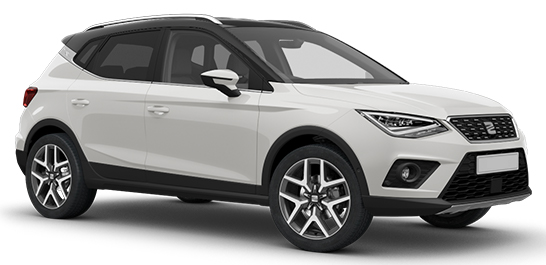
-
Flex To Go From€ 10 /day -
Keddy By Europcar From€ 18 /day -
Express Impress From€ 18 /day
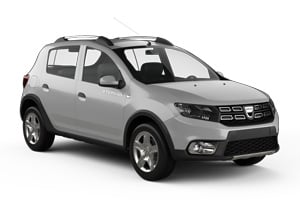
-
Goldcar From€ 21 /day
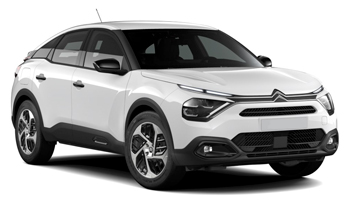
-
Avis From€ 36 /day

-
Avis From€ 30 /day

-
Enterprise From€ 52 /day

-
Enterprise From€ 58 /day
Car rental companies in Kraków
Below are the car rental companies in Kraków with the best ratings. Compare all ratings and prices of these rental companies in one search.
-
Avis
From€ 18 / day -
Alamo
From€ 13 / day -
Rent a star
From€ 16 / day -
Kaizen Rent
From€ 12 / day -
Enterprise
From€ 14 / day -
Keddy By Europcar
From€ 13 / day

When is the best time to book a rental car in Kraków?
Car rental companies in and around Kraków
Information about Kraków
Krakow's architectural and cultural richness is unprecedented in Poland. Not surprising, because Krakow was the royal capital of the country for over five centuries. Fortunately, large part of the city was spared during the devastations of the Second World War. In 1978 the center of Krakow has been added to the UNESCO World Heritage List. Since then much has been done to restore the historic houses, churches, chapels and palaces.
The medieval city wall has almost completely disappeared; most of it was demolished at the beginning of the nineteenth century. The Barbakan wasn't demolished, a beautiful medieval city gate with three meter thick walls and seven watchtowers. Opposite the Barbakan stands the Florianus Tower which was built in 1317 and raised in the seventeenth century. A detail with the holy Florianus was added at the same time.
The Florianus church from the twelfth century is located outside the city walls and for a reason. The pope had donated the remains of the holy Florianus to Krakow, but still outside the city they were suddenly so heavy that the carriers couldn't continue. It was considered a sign of God and therefore a church was built on that site.
Where once was the city's defence moat, is now the location of Planty Park. This park is a green zone around the old town and you can easily lose two hours if you want to walk through the entire park. In the park you can find several statues, including one of the astronomer Nicolaus Copernicus who spent some time studying at the then famous university of Krakow.
The center of the old town is the Rynek Glowny, a large square of 200 by 200 meters. It is surrounded by restaurants and bars and there are often festivals, concerts and other events organized on the square. Located in the center is the large Lakenhal, in Renaissance style. It used to be the commercial center of the city. Nowadays a tourist market is held under the vaults. Housed in the top floor is the National Museum with Polish art from the nineteenth and twentieth centuries.
The Gothic Church of the Virgin Mary was built in the sixteenth century on the spot where once stood a Romanesque church. You can view art works from different periods inside, including the wooden altar by Wit Stwosz from the fifteenth century and murals by Jan Matejko which were made in the nineteenth century. Remarkable are the two towers of different height. From the highest every day at noon trumpets sound which suddenly seem to be interrupted. It reminds of a tower guard who grabbed his trumpet when he saw the Tatars approach the city. At the fourth tone the alarm was abruptly aborted because the man was hit by an arrow.
The Baroque St. Peter and Paul Church is located on a square near what is probably Krakow's most beautiful street, the Ulica Kanonicza with Renaissance houses.
Krakow has the largest collection of art works from all over Poland. An estimated 2.3 million pieces, most in museums, but some in churches and convents. The oldest and most important museum is the Czartoryski Museum. Besides works from Polish artists, it has Rembrandt's Good Samaritan and Leonardo da Vinci's Lady with an Ermine on display. Furthermore, there is a large collection of Turkish weapons and other weapons of war, which were captured during the battle of Vienna in 1683.
In and around Krakow
Just outside the center is the Wawel, the citadel of Krakow. The royal apartments were located at the courtyard. In 1594 the complex was struck by fire and the king decided to move to Warsaw. However, the Gothic cathedral remained the royal cemetery.
Situated about 15 kilometers north of Krakow is the Ojcowski National Park in a valley surrounded by high limestone cliffs. It is primarily the rocks that gave the park fame. They have turned into particular shapes due to erosion. Also, there are hundreds of animal and plant species in this park.
Located not far from the city either, about 15 kilometers southeast of Krakow, is the Wieliczka Salt Mine. It is a huge underground complex and a popular attraction. Tens of meters below the ground you can walk through passageways that connect larger spaces to each other and where figures have been carved from salt. One of the rooms is an underground church, so the miners could attend Mass during their work hours.
Approximately 60 kilometers west of Krakow is Oświęcim, better known as the site of the former Nazi concentration camp Auschwitz. It is a silent witness of a painful past and a museum commemorating the victims who perished in the gas chambers. In the museum the horrors of Auschwitz are almost palpable. The inscription above the entrance to the camp feels cruel: 'Arbeit macht frei'.
Parking
The old city center is largely pedestrianized. You can park your car in one of the guarded parking garages. Near the center are two such garages: on the plac Szczepański and the plac Świętego Ducha. Shortly after the fall of communism many roads in and around Krakow were in miserable condition. That now belongs to the past: most roads are excellent.
Airport
Balice Airport is the name of the Krakow International Airport, 12 kilometers west of the city center. You can reach the airport with a rental car from the center of town in twenty minutes via the Królowej Jadwigi. The A4 motorway too, south of the city, runs along the airport.